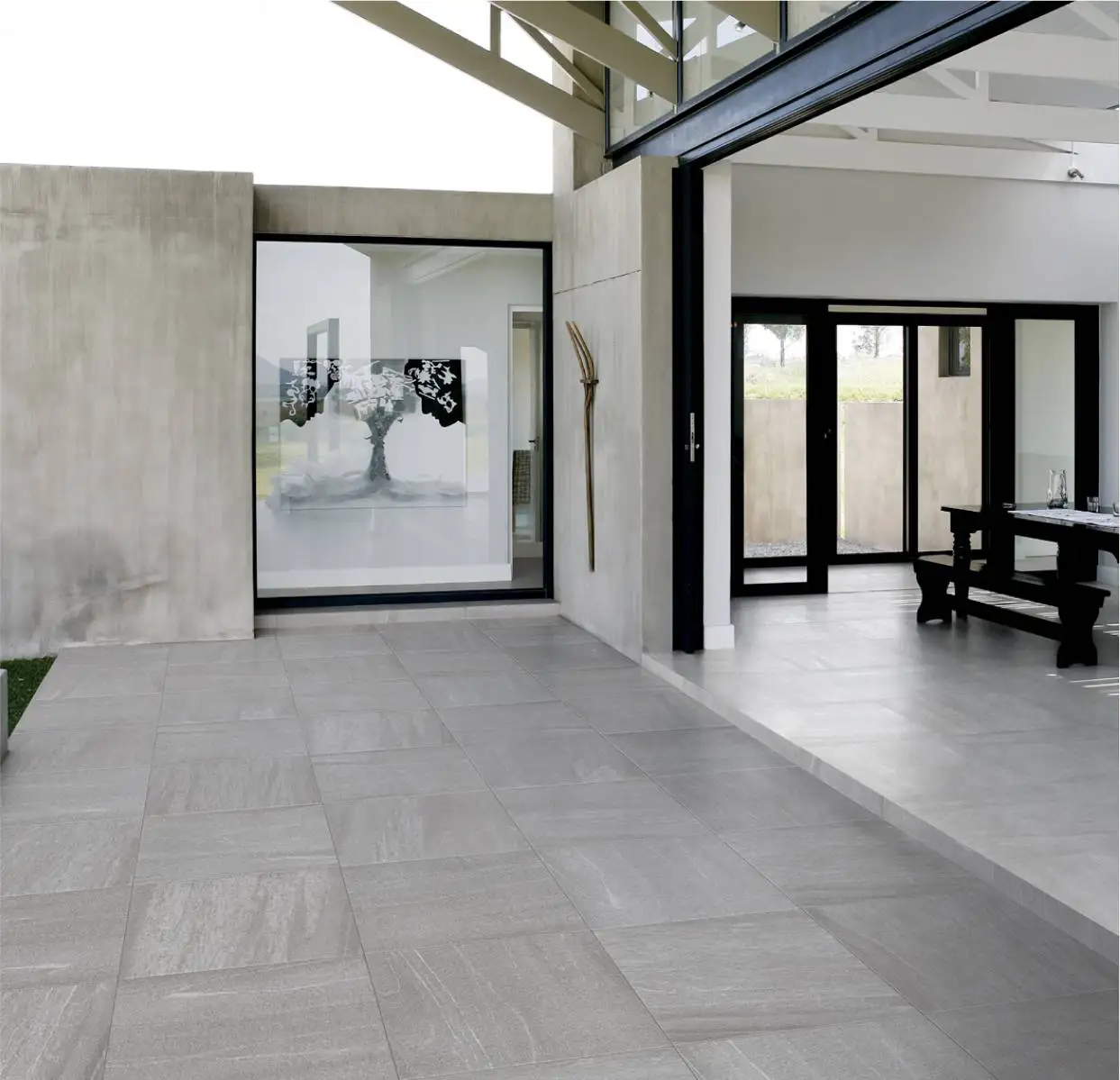Transforming your outdoor living spaces into stylish, functional, and inviting areas involves more than just furniture and landscaping. Outdoor floor tiles offer a versatile and aesthetic solution to elevate the look and feel of patios, decks, terraces, and other exterior areas. Let’s explore a comprehensive guide to enhancing your home with outdoor floor tiles, from durability to design options.
Understanding Outdoor Floor Tiles
Outdoor floor tiles in Melbourne are designed to withstand external elements such as sunlight, rain, temperature fluctuations, and foot traffic. They come in various materials like porcelain, ceramic, natural stone, and composite, each offering unique properties.
Choosing the Right Material
- Porcelain Tiles: Known for their durability, resistance to stains, and low maintenance, porcelain tiles are an excellent choice for outdoor spaces.
- Natural Stone Tiles: Options like travertine, slate, or granite provide a natural, rustic charm but may require more maintenance.
- Ceramic Tiles: These tiles offer a wide range of designs, colours, and textures while being cost-effective and durable.
Selecting Tile Size, Shape, and Pattern
Consider the size and shape of the tiles based on the area to be covered. Larger tiles can create a sense of spaciousness, while smaller tiles or unique shapes can add visual interest. Patterns like herringbone, basket weave, or staggered layouts can enhance aesthetic appeal. Tiles in Dandenong come in all shapes and sizes. Choose the one that fits your requirements the most.
Slip Resistance and Safety
Prioritise slip resistance, especially for areas prone to moisture or near pools. Choose tiles with textured surfaces or those specifically designed for outdoor use to prevent accidents and ensure safety.
Climate Considerations
Different climates require different tile properties. In colder climates, freeze-thaw resistance is crucial to prevent tile damage, while heat resistance and UV stability are essential in warmer areas.
Colour and Design
Opt for colours and designs that complement your home’s exterior and landscaping. Neutral tones provide a timeless look, while bold or patterned tiles can create a striking focal point.
Installation and Maintenance
Hiring a professional installer ensures proper tile placement, adequate sealing, and adherence to local building codes. Adequately installed outdoor tiles require minimal maintenance, usually limited to regular cleaning with a mild detergent and occasional resealing.
Cost Considerations
Outdoor floor tile costs vary based on material, size, quality, and installation complexity. While initial costs may be higher than other outdoor flooring options, the durability and aesthetic value make them a worthwhile investment in the long run.
Environmental Impact
Consider eco-friendly options such as recycled materials or tiles with low environmental impact if sustainability is a priority.
Local Regulations and Permits
Check local regulations and obtain necessary permits before installing outdoor floor tiles, as some areas may have specific guidelines regarding outdoor flooring materials or installation.
Conclusion
In conclusion, outdoor floor tiles offer many possibilities to enhance your outdoor spaces’ beauty, functionality, and value. Considering material, design, safety, maintenance, and climate factors, you can choose the perfect outdoor tiles to create a stunning and enduring extension of your home’s aesthetics.



